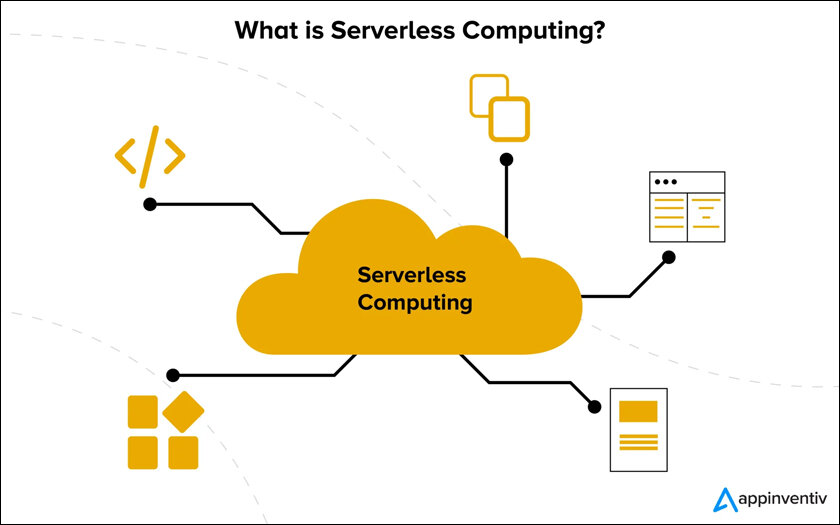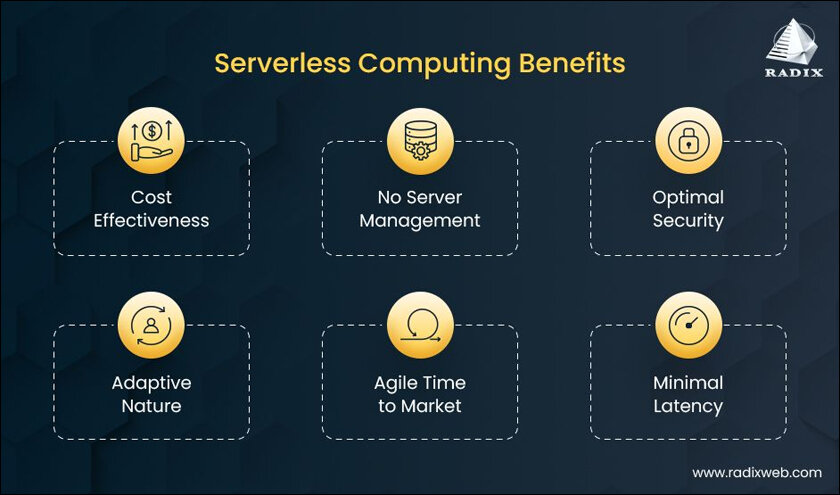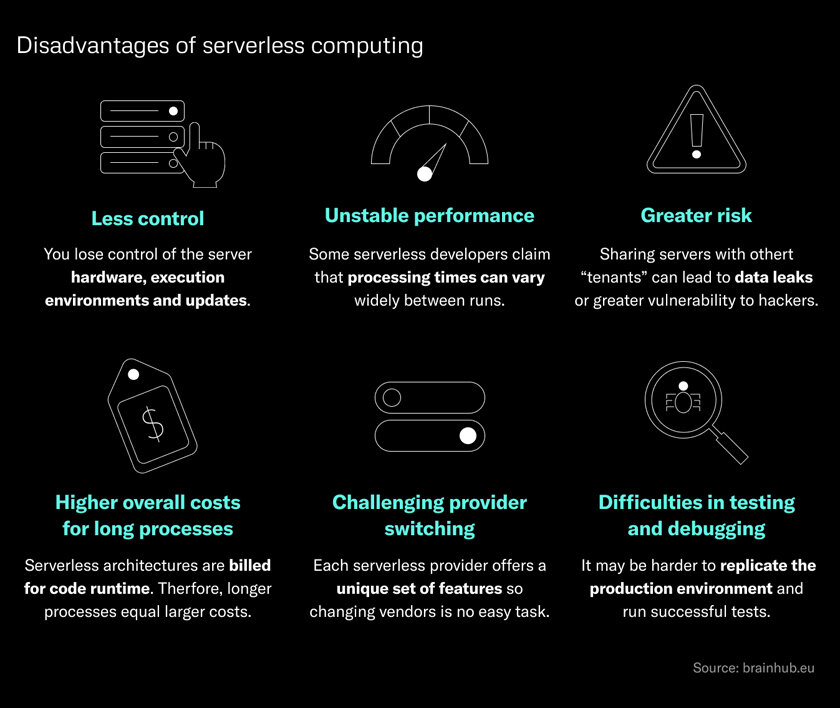It is essential to dispel the misconceptions surrounding industry jargons and decode the underlying truths.
In today’s digital age, marketing, hook words, and click baits have become pivotal components in capturing attention and driving engagement. Analogous to the fundamental principles of computing, these concepts play a crucial role in shaping the online landscape. It is essential to dispel the misconceptions surrounding such industry jargons and decode the underlying truths.
The selected entrant in the space to demystify is ‘Serverless’ computing.

What is it purported to be?
Serverless computing is a cloud computing paradigm that allows developers to run code without managing servers. This is achieved by using cloud providers’ infrastructure and services to execute code on an “as-needed” basis and manage the underlying infrastructure.
In serverless computing, developers focus on writing and deploying code without worrying about server provisioning, maintenance, or scaling. The cloud provider takes care of these tasks, allowing developers to focus on building and delivering applications more efficiently.
What is it?
While the term “Serverless” suggests that servers are not involved, in reality, cloud service providers still utilize servers to execute code for developers.

What are the benefits?
The benefits of serverless computing include:
- Reduced operational costs: Eliminates the need for businesses to provision and manage servers, which can significantly reduce operational costs.
- Improved scalability: Automatically scales applications based on demand, ensuring that they can handle sudden spikes in traffic without any downtime.
- Increased agility: Allows businesses to deploy new applications and features quickly and easily, without having to worry about managing infrastructure.
- Simplified development: Allows developers to focus on writing code, without having to worry about the underlying infrastructure.
- Improved security: Provides built-in security features, such as encryption and authentication, which can help protect applications from attacks.

What are the cons of serverless computing?
- Cold starts: Cold starts in serverless functions can increase latency for applications that require fast response times.
- Vendor lock-in: Serverless computing by cloud providers like AWS locks users into one platform. This hinders migration or using multiple providers.
- Limited control: Less control over infrastructure means troubleshooting and customization are harder.
- Cost: Costlier than traditional hosting for constantly running applications due to paying for unused running time.
- Security: Cloud hosting security may be challenging due to limited access to security features compared to traditional hosting.
- Debugging: Serverless functions debugging is more challenging because of the lack of direct infrastructure access.
- Monitoring: Monitoring serverless functions can be harder than traditional applications due to limited monitoring tools provided by the cloud service.
- Scalability: Scalability could be an issue. This is because you cannot control the number of instances that are running your functions.
- Reliability: Cloud provider manages infrastructure, but availability is not guaranteed, unlike traditional computing.
- Portability: The potential challenge lies in the seamless transferability of functions between different cloud providers.
Conclusion:
While it may be a misnomer, it demonstrates the extent to which the IT industry is moving towards standardization, simplicity, and improved implementation capabilities. As we progress in this segment, we will examine additional misnomers and their significance.
In case you missed:
- no-code – Is that the next Technology ‘Magic Eraser’?
- ‘Cloud-ed’ Decisions
- What Are GPT Stores Really?
- Is Agile Dying?
- AI and Opening up the Banks
- Auto Drive- Will It Ever Be a Reality?
- What is the future of high street store fronts – Amazon and the big-wigs
- End of Freebies
- What is AI going to cost us?
- Technology – Checking Their Way Out?









